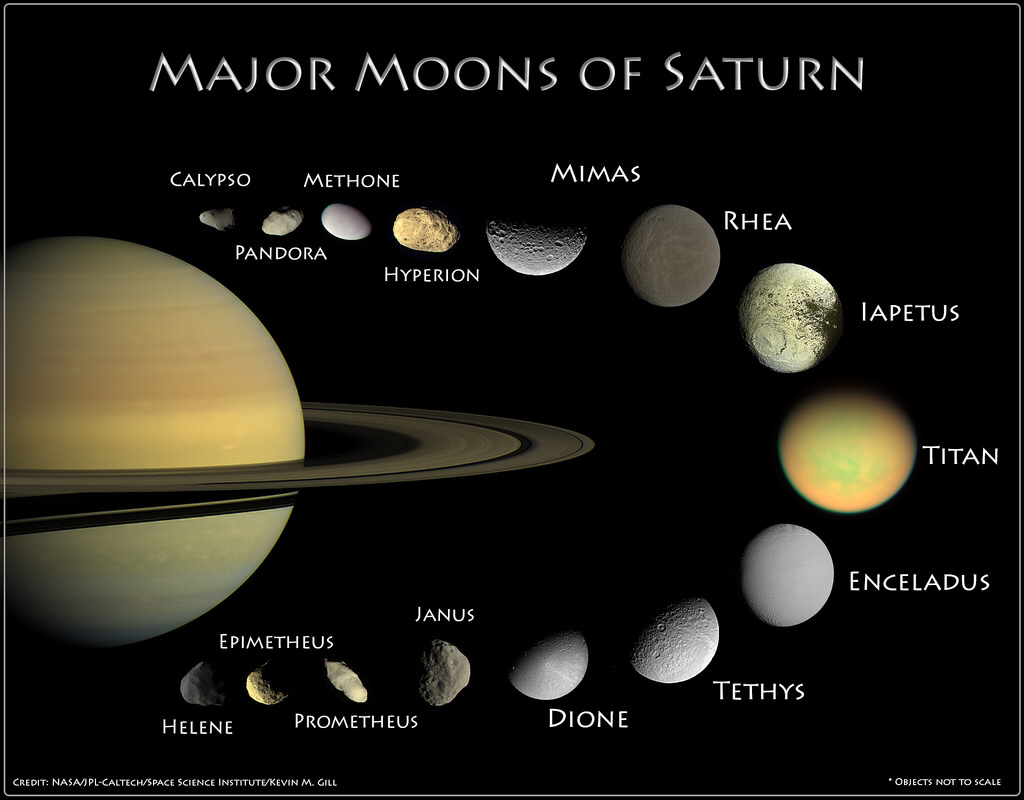

Less high in the south-southwest is Altair, not quite as bright. ■ Vega is the brightest star very high west of the zenith after dark.

Look lower left from Perseus, or far below Cas, for bright (zero-magnitude) Capella. ■ This is the time of year when, in early evening, W-shaped Cassiopeia stands on end high in the north-northeast - and when, lower left of Cas in the north, the dim Little Dipper extends leftward from Polaris.īelow or lower right of Cassiopeia is star-scattered Perseus. To the naked eye, the Moon forms a roughly equilateral triangle with bright Jupiter to its right or upper right, and Fomalhaut to the Moon's lower right.Ĭloudy where you are? Gianluca Masi of the Virtual Telescope Project plans a narrated live feed of the Moon from Rome, starting at 17:30 UT (3:30 p.m. Its terminator crosses Oceanus Procellarum, which shows off the dramatic crater Copernicus and countless other features. Or you can just invite friends and family, and it still counts. All you need to host a Moon-observing event is a telescope, a place to put it, and a readiness to welcome visitors for a look. ■ It's International Observe the Moon Night, with more than 1,960 events worldwide inviting you to show up! Or, put on your own event and add it to the map.

Venus stays about this close to Antares for the next two days, but watch their orientation change. Just lower left of it, by 1½° (about a finger's width at arm's length), look for orange Antares, less than 1% as bright. ■ Spot Venus low in the west in twilight. They remain 15° apart both are nearly stationary at the west end of their retrograde loops. ■ Bright Jupiter and fainter Saturn continue to dominate the southern evening sky from their home in dim Capricornus, as shown above.
#Interesting facts about the moon atlas full
The gibbous Moon lingers with Jupiter on Friday evening the 15th, before moving ever eastward to turn full on the 20th under the Great Square of Pegasus. That's still barely fainter than when it exploded last March. Long-lasting, ever fluctuating Nova Cassiopeiae 2021 was finally down to about magnitude 8.2 as of October 14th.


 0 kommentar(er)
0 kommentar(er)
